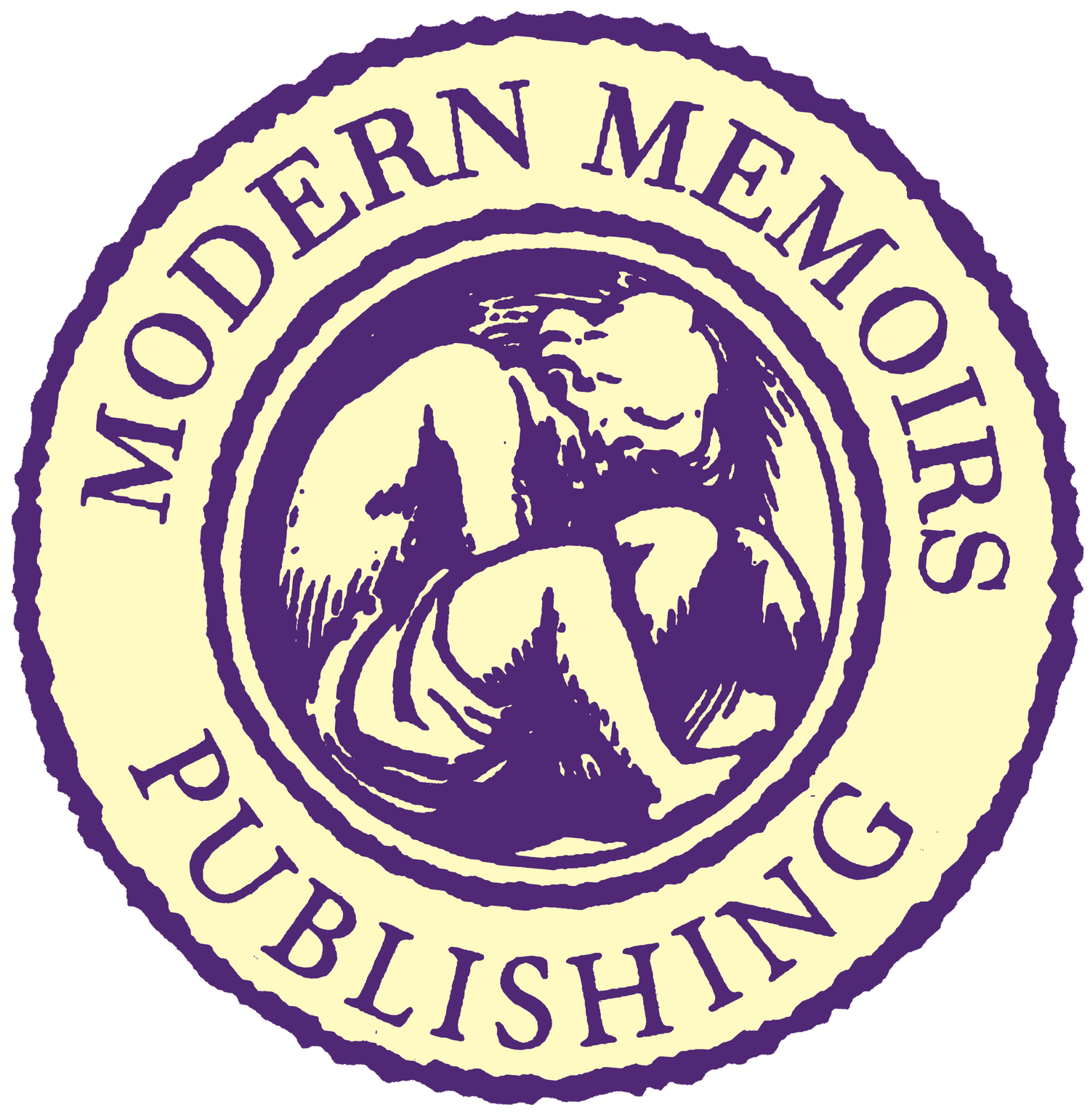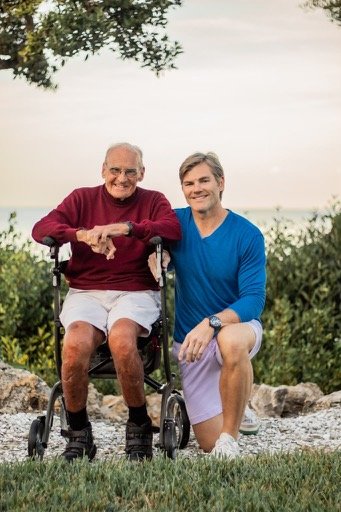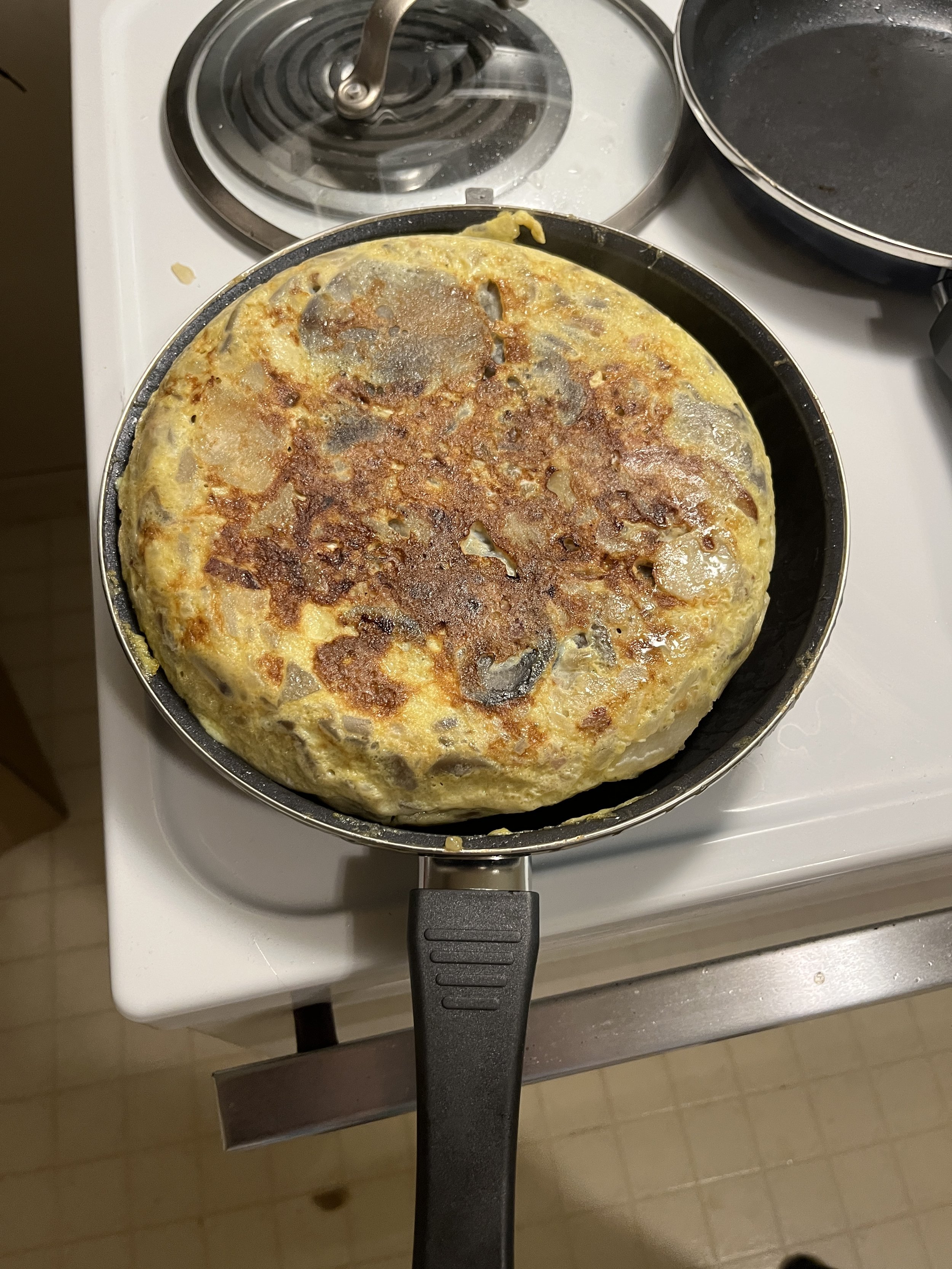My dad, Miguel Solis, and me at my graduation from Smith College, May 2023
Soon after my graduation from Smith College in May 2023, I joined the online alumnae book club. The very first title selected for the group has turned out to be a book I know I will always cherish. The Book of Delights is a collection of lyrical essays by poet Ross Gay, though I strongly believe the project could be called a memoir. Gay wrote the book by observing and exploring the concept of delight through daily essays written over the course of a year, many of which weave in elements of his personal history. Reading this exuberant, provocative work is like a slap of fresh wind to the face as it defies a world that so often devalues and dilutes delight. It challenges us to nurture delight when we are constantly told that it is trivial. Inspired by Gay’s fierce declaration of this ethos of delight, I decided to start keeping a book of delights, too, for my own remembrance and enjoyment.
“sticking out like a lit match in a room of mild-mannered adults.”
My dad showing off his “Smith College Dad” T-shirt, October 30, 2019
My dad buckling in my sibling Rafael for a 5th grade class trip, May 17, 2017
I also drew inspiration from my father, Miguel Solis Jr., since he embodies Gay’s ethos of delight in his own way, as a Mexican American man from El Paso, Texas. He possesses an amazing ability to delight (there’s no better word for it) everyone around him while being nothing like them, sticking out like a lit match in a room of mild-mannered adults. Put another way, he’s always been comfortable with, or has even delighted in, being the odd one out. For example, despite coming from a culture of machismo, my dad never had any issues joining me in girly activities, or talking about being my stay-at-home parent for my first couple of years. I remember walking into a new Girl Scouts troop meeting as a little kid and finding I was the only one with a dad in tow instead of a mom. But soon my dad was wowing the crowd, milking his outsider status to provoke everyone’s raucous laughter, and finding camaraderie and solidarity with the moms. Any nervousness I’d felt about being the different kid melted away.
My dad has always followed wherever laughter led him, taking my siblings and me along for the ride. A few years after that Girl Scout meeting, he attended a “bike rodeo” event at school, at which he jumped on one of our small bikes and zipped up and down the asphalt, looking much like a gorilla on a tricycle (he said so himself). My teacher and classmates shrieked with laughter, and my siblings and I felt giddy with pride in our fearless, funny dad. Another time, in the humid hallway where kids crammed together waiting to get picked up after school, everyone had tuned out the urgent monotone of names called for dismissal over the loudspeaker. Then we snapped back to attention when we heard, “Mickey Mouse!” “Donald Duck!” “Spongebob Squarepants!” and I grinned with my friends as we realized that the call was for me.
My dad on a swingset in Austin, Texas, January 11, 2015
“I’ve come to see his knack for joy as a superpower of sorts. He lives with delight, no matter how persistently the larger world ignores or discourages it”
Perhaps the greatest power of delight is that it does much more than brighten up a slightly boring day; it helps us live, and it helps us connect. I was surprised to learn recently about the Latinx Paradox, which highlights that Latinx Americans generally live longer than non-Latinx white Americans, despite having higher health risks and lower incomes on average. One of the proposed explanations, which has been supported by small studies so far, is that Latinx people laugh on more occasions and live closer to family on average, leading to happier, healthier, longer lives. I can’t help but think about my dad and the rest of my Mexican American family in this context, boldly inserting themselves into the non-Latinx social fabrics of schools, jobs, and neighborhoods with joy and openness; but this paradox can remind everyone of the concrete power of delight. As people, we are meant for delight. Our physiology itself rewards it.
Through reading Gay’s book and thinking about my dad, I’ve come to see his knack for joy as a superpower of sorts. He lives with delight, no matter how persistently the larger world ignores or discourages it, and I am profoundly grateful for his example. And so, in his honor and inspired by Gay, I share my delight of the day, the one I’ve written on the first page of my own book of delights: the delight of laughing along with my dad and the rest of my family.
Now it’s your turn: What will be at the front of your own “Book of Delights”? A person? A place? A hobby? A memory? Write it down in the comments if you’d like. Then get a journal, or open a new document on your computer, and keep on writing—and delighting in doing so.
Emma Solis is publishing associate for Modern Memoirs.



























